The year was probably 2008, an afternoon at the Academy of Fine Arts (Kolkata), where I met a group of people who were going to Bhubaneswar for performing the Odissi Dance. Before that, there was no idea that Odisha holds such events in line with West Bengal and first time heard about Mukteswar and Rajarani Dance Festival apart from others. Till then, already visited Puri several times and as a part of the conducted local tour, visited almost all the temples in Bhubaneswar and its surroundings. But, then I was a tourist and was more inclined to see the tourist spots. That was a different story of how I became a traveler from a tourist. Will zoom into that sometime later. But, trust me, that was the first ever interaction with any temple of Odisha or Bhubaneswar, whatever you may call it.
Jump cut to 2020, 12 years later when I reached Bhubaneswar from an afternoon flight from Bangalore. That particular journey was painful mainly to miss Bangalore due to my friends, colleagues, places, my abode, and the weather (Click & Read: Au Revoir Bengaluru). Bhubaneswar gave me two things – hundreds of Temples to visit and to explore hidden gems scattered all over. I still can remember, after reading the article on Ananta Vasudeva Temple (Click & Read: Ananta Vasudeva Temple, Bhubaneswar), how I got the proposal to write for a leading Newspaper just because of the depth of that article. English was never my language and I never intended to visit temples and mosques so frequently in my lifetime. But it happened somehow. The person who can easily stay away just outside of Brahma Temple at Puskar or Simachalam Temple in Vizag only to see the outer beauty and architecture of those temples, now it seems, has to enter into the temple to see things from a different perspective.
Temple Run was born and since then, millions of people expressed their happiness to read such articles with less story and more facts. It is tough to write such articles as it demands repeated visits to those places to collect information from various sources and to check their authenticity, even. As a result, collections shoot up high in number, time to write happens to be minimum and other assignments do also pour in between.
We are probably moving away from the main subject. Without wasting any time, let’s see what was written in that article. Many of you probably have read in the Newspaper as it was a series of episodes published in periodic intervals. For obvious reasons, I have to make some changes to the article to avoid copyright issues.
Here it goes, Rajarani Temple – one of the oldest temples in Bhubaneswar/Odisha and the fact one of the lesser publicized temples of which you will hardly get any consolidated information penned together.
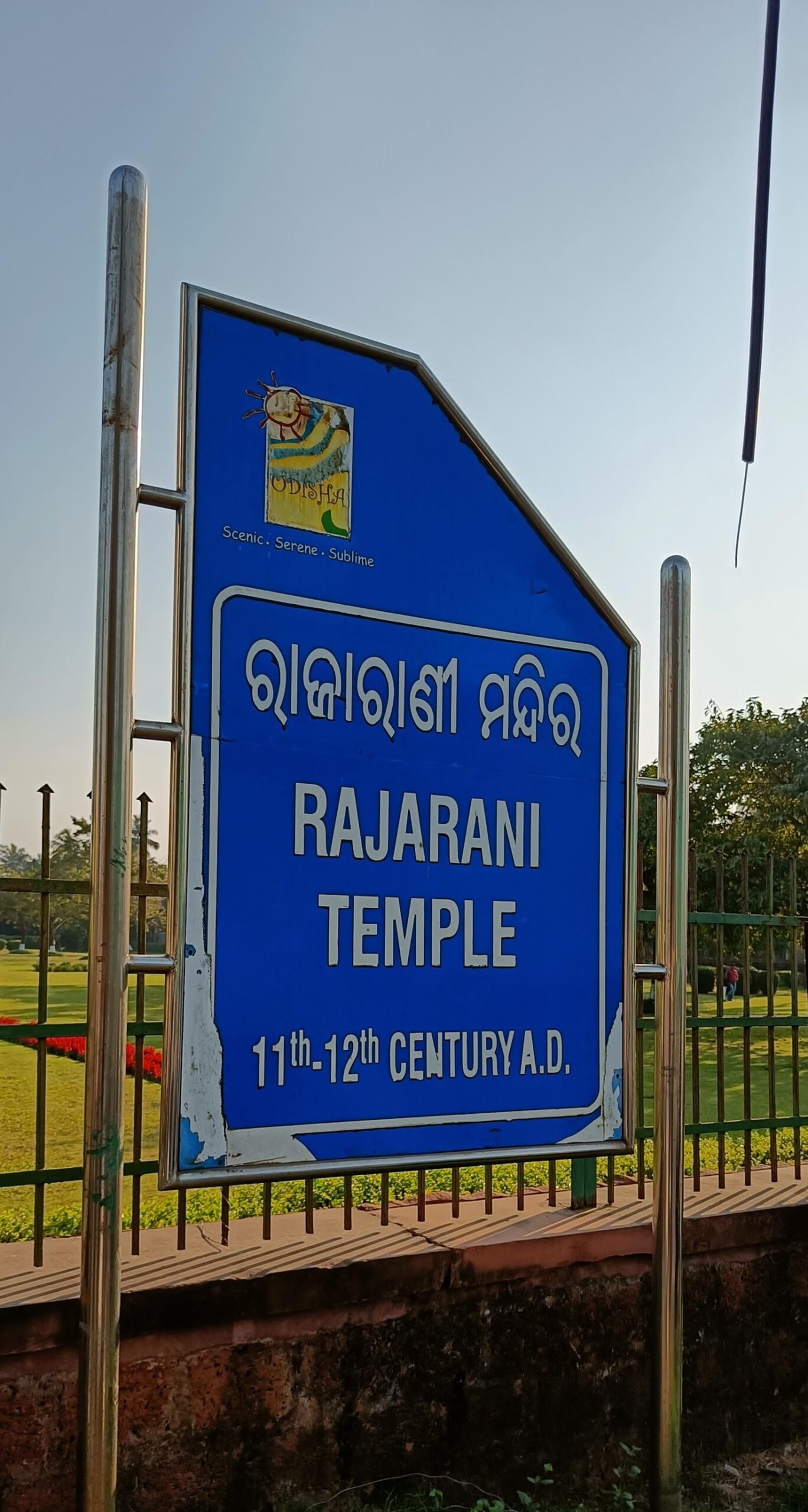
Let’s start with a bang. It is believed that first it was Rajarani Temple, then only Khajuraho was built after drawing inspiration from the earlier.
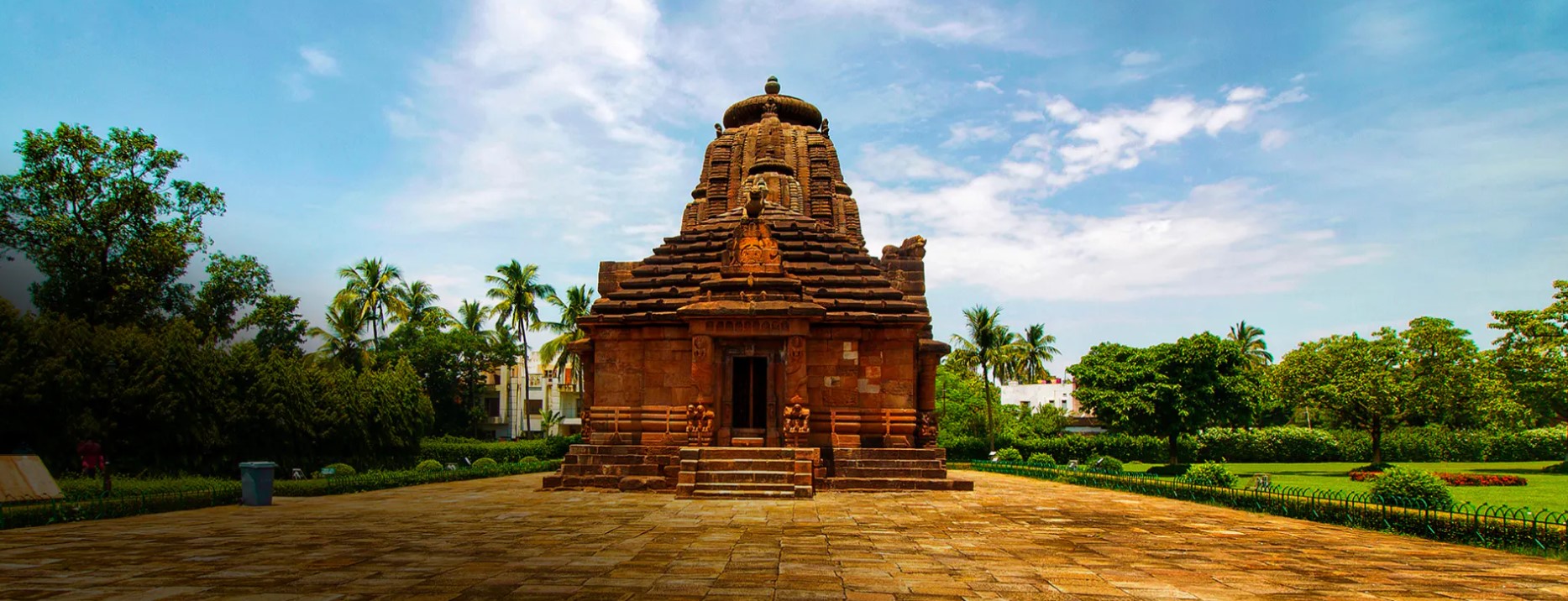
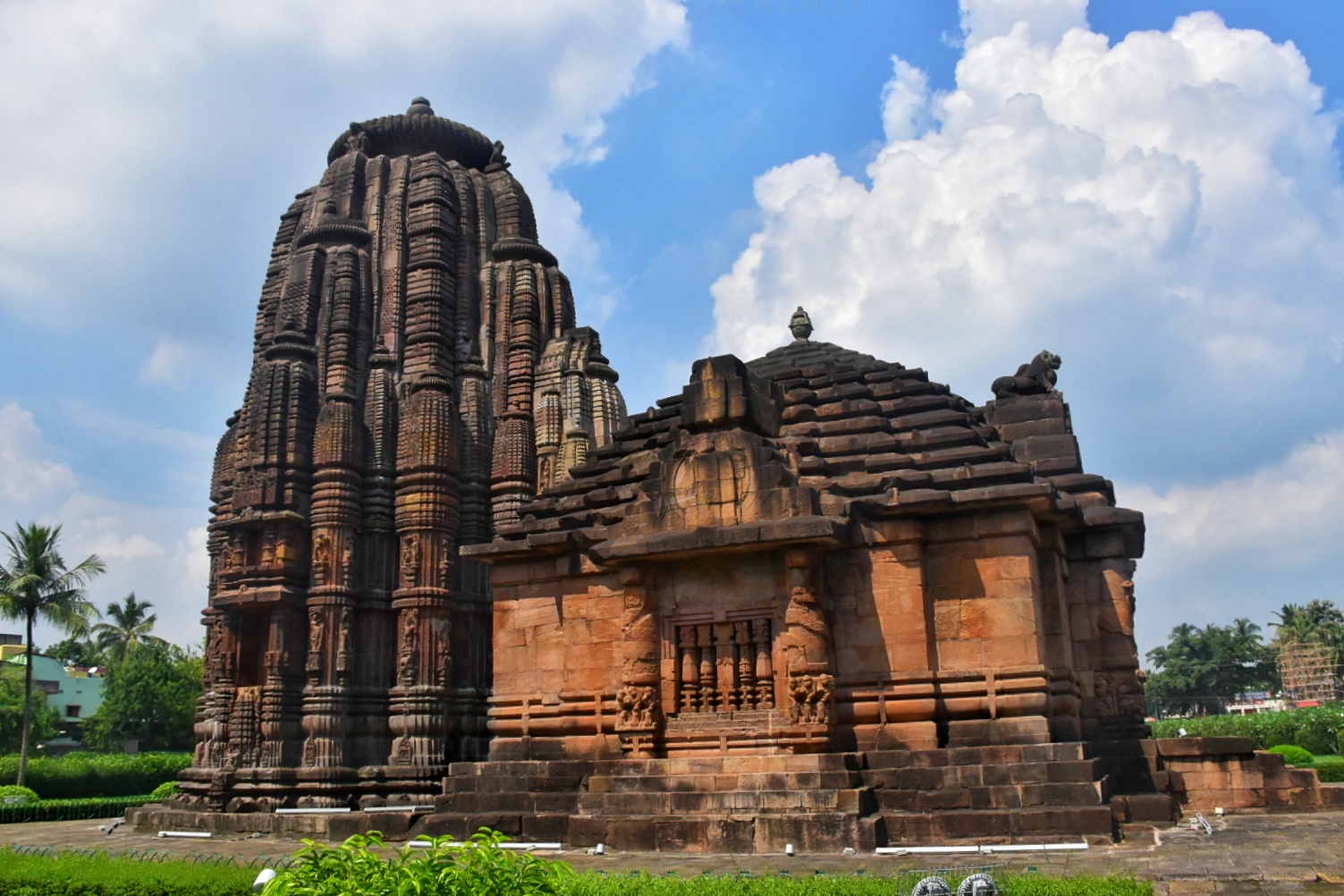
I’m not a historian, hence not entering into that controversy where two sets of statements used to afloat. But, most people believe that Rajarani was the first modern temple in ancient India where sculptures portrayed a different vision. Will go into the details in the later section of this article.
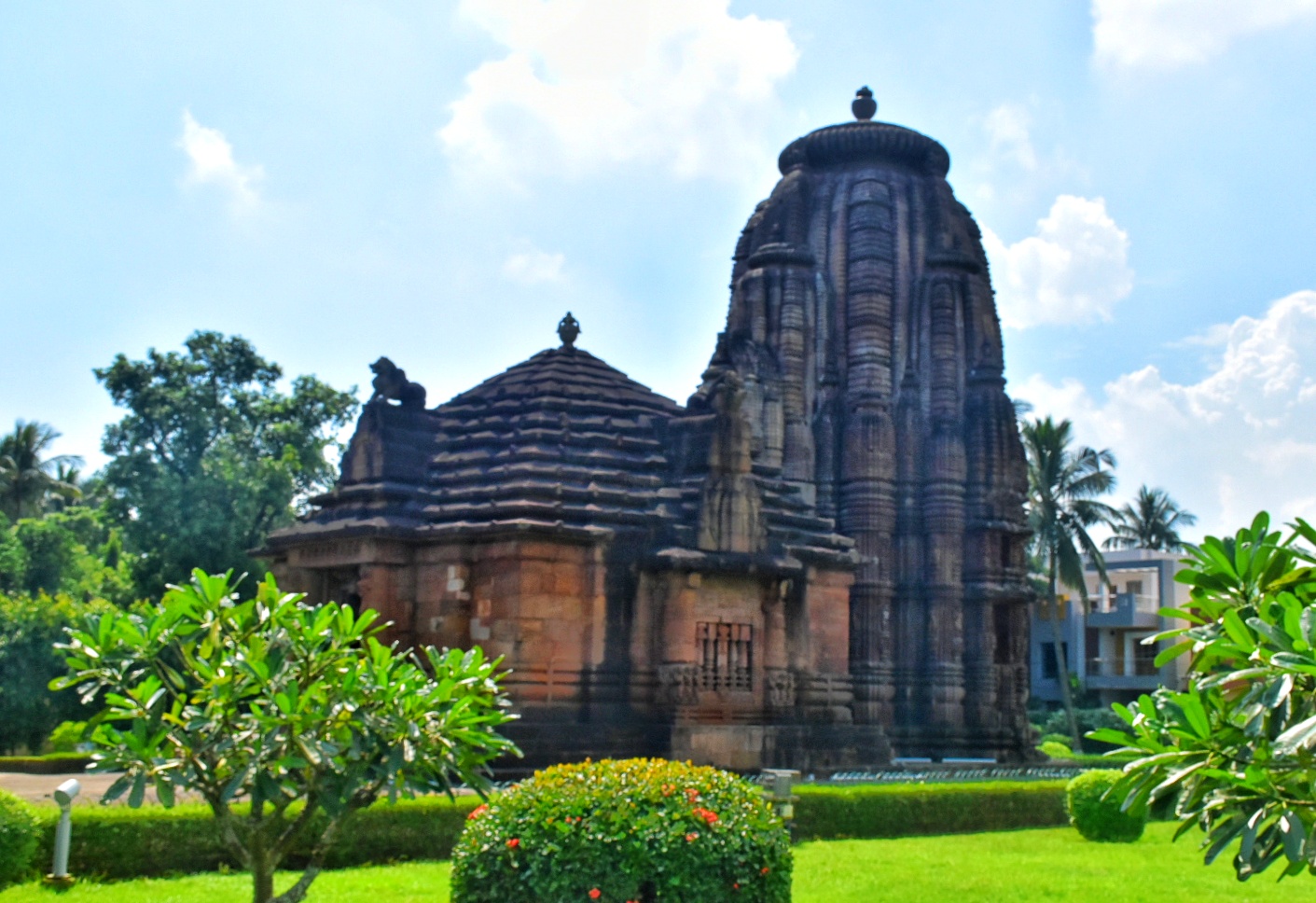
Inception
It is believed that Rajarani Temple is from the mid-11th century. It shares nearly the same time space as Anant Vasudeva Temple and even the Jagannath Temple of Puri. Some believe that this temple was built between the holy Lingaraj Temple and the famous Mukteswara Temple. Odisha experienced a flood of temples in that regime where one after one famous temples were either made open to the public or were under construction.
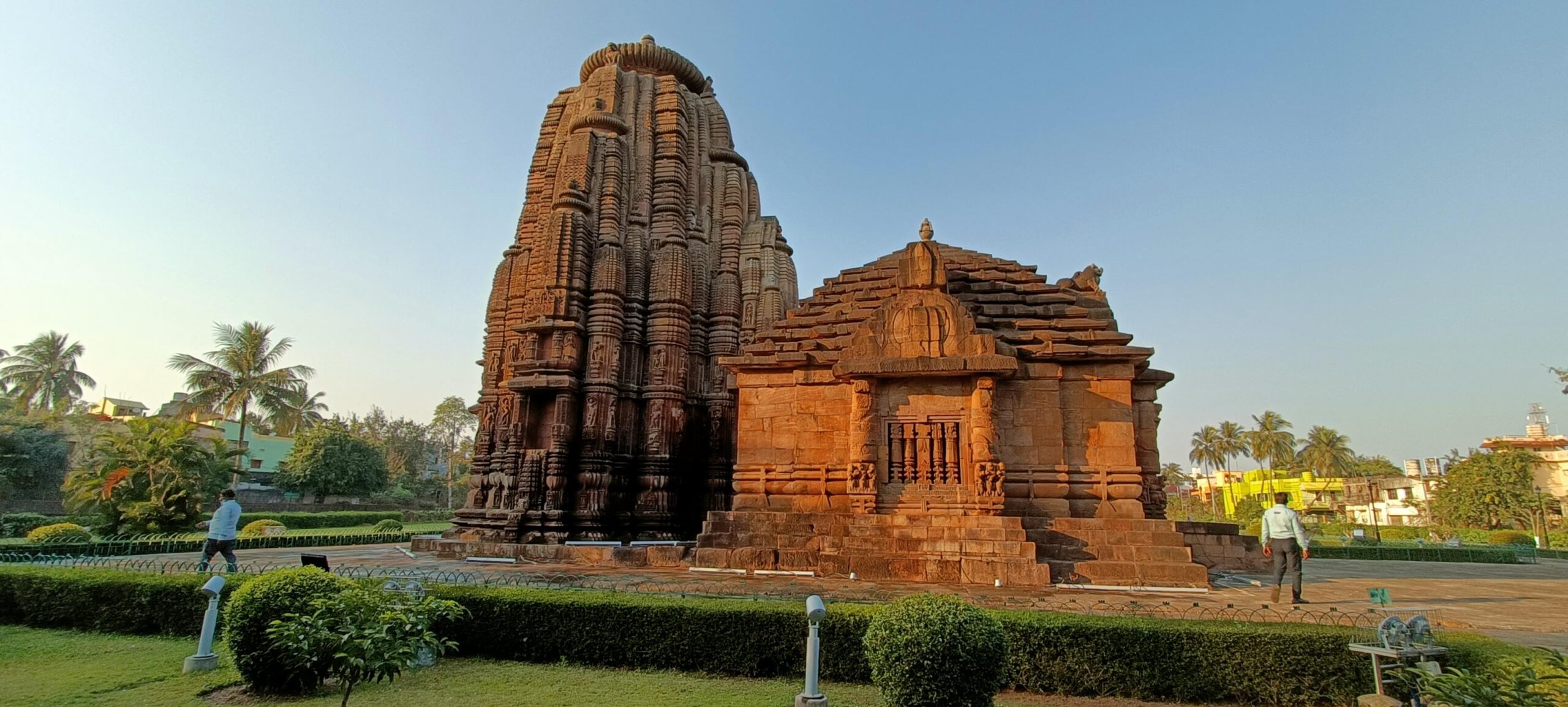
History
If you ask me, who built the Rajarani Temple, I have to be dumb. Lots of efforts were made at one time to find who made this, but there was no concrete evidence of any claim. Generally, it is believed that the Somavamsi dynasty probably built this temple. Their kings migrated to Odisha from Central India during the same period and it has enough substance to believe it. Mainly due to their Central India connection, the Khajuraho temple was linked up. But, it is subject to proof, whether they were inspired by Khajuraho or Chandella Kings somehow came to know about Rajarani while constructing their temple!
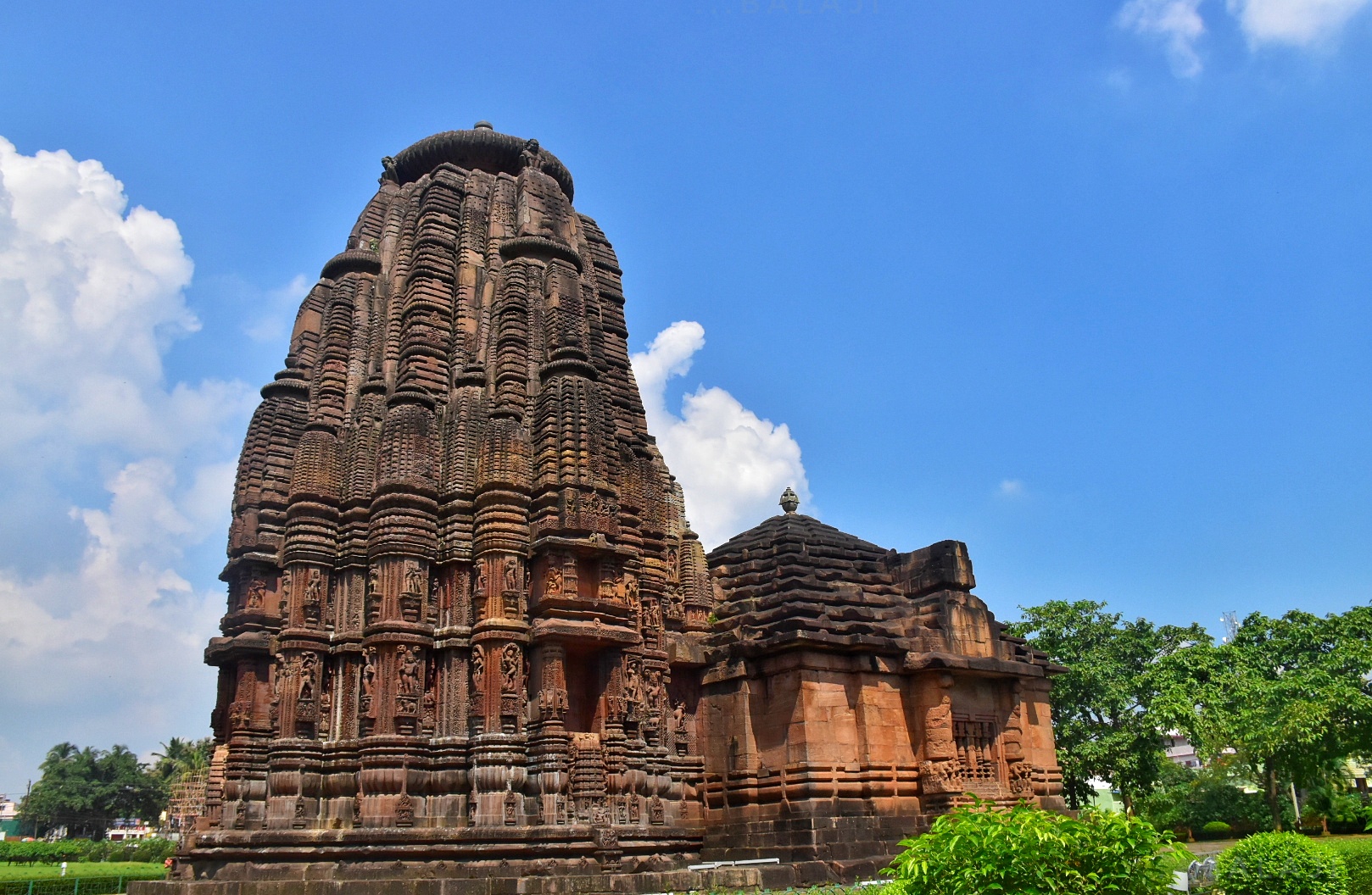
Somavamsi Dynasty
I’m tempted to use this write-up to say a few words on Somavamsi (or Keshari) dynasty as it has some long-standing effect on the entire Odisha. They introduced a new style of art and architecture in Odisha, they consciously transformed the religious wave from Buddhism to Brahmanism and so many things. Janmejaya & Yayati were famous rulers about whom inscriptions were found in temples like Brahmeswara and others. Yayati was more famous for reinstalling the Lord Jagannath deity at a newly erected temple at Puri as the God was removed from Puri during the Rashtrakuta invasion. Somavamsi Kings were Shaivities and it is believed that they were instrumental in developing almost all the temples in the Kalinga region at their time except Lingaraj Temple which was constructed by the Ganga dynasty King Narasimha.
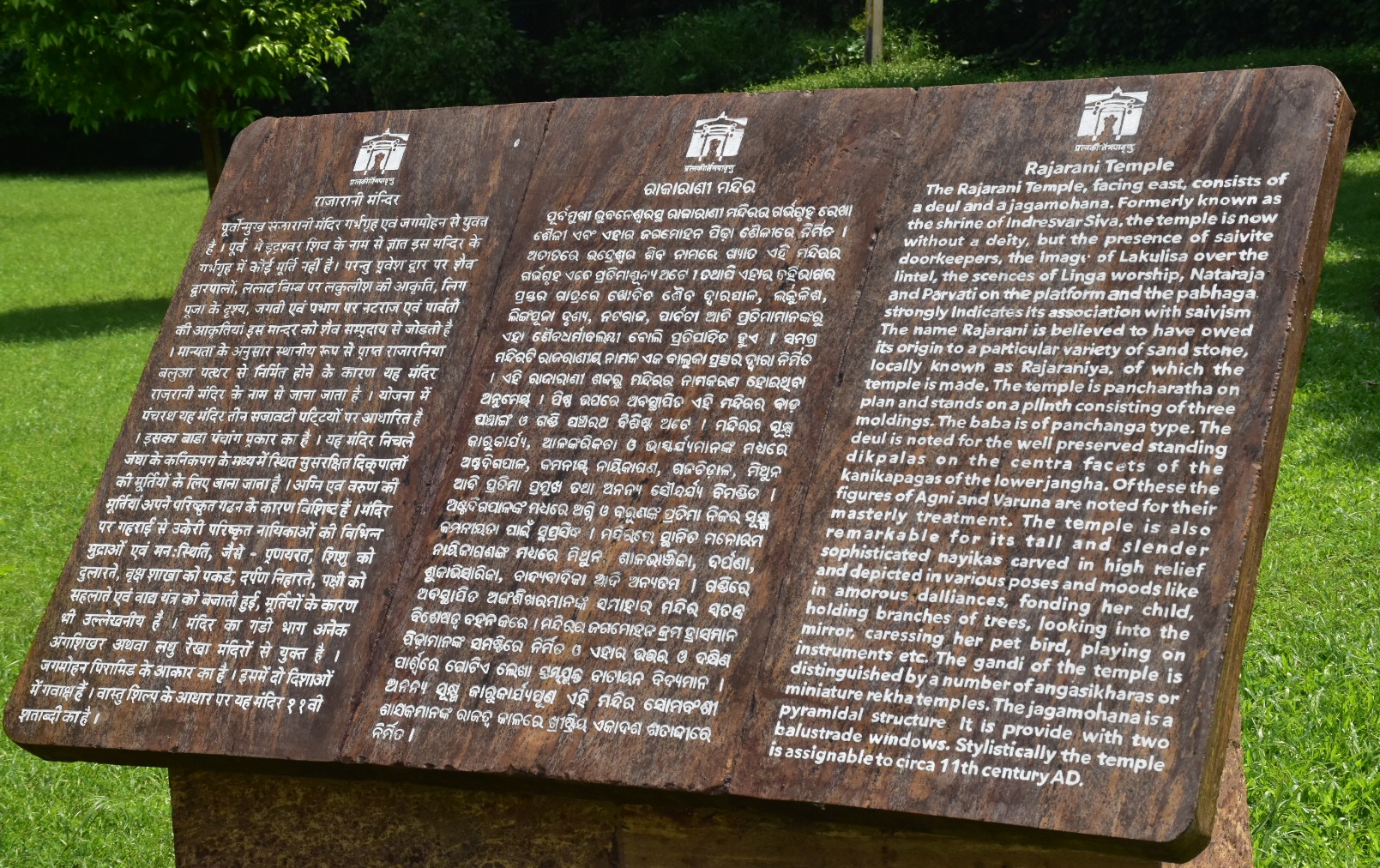
Love is in the Air
Coming back to Rajarani Temple is often called the Love Temple also. Originally known as “Indreswara”, this Shiva temple bears the erotic cravings of women as individuals and couples in different positions.
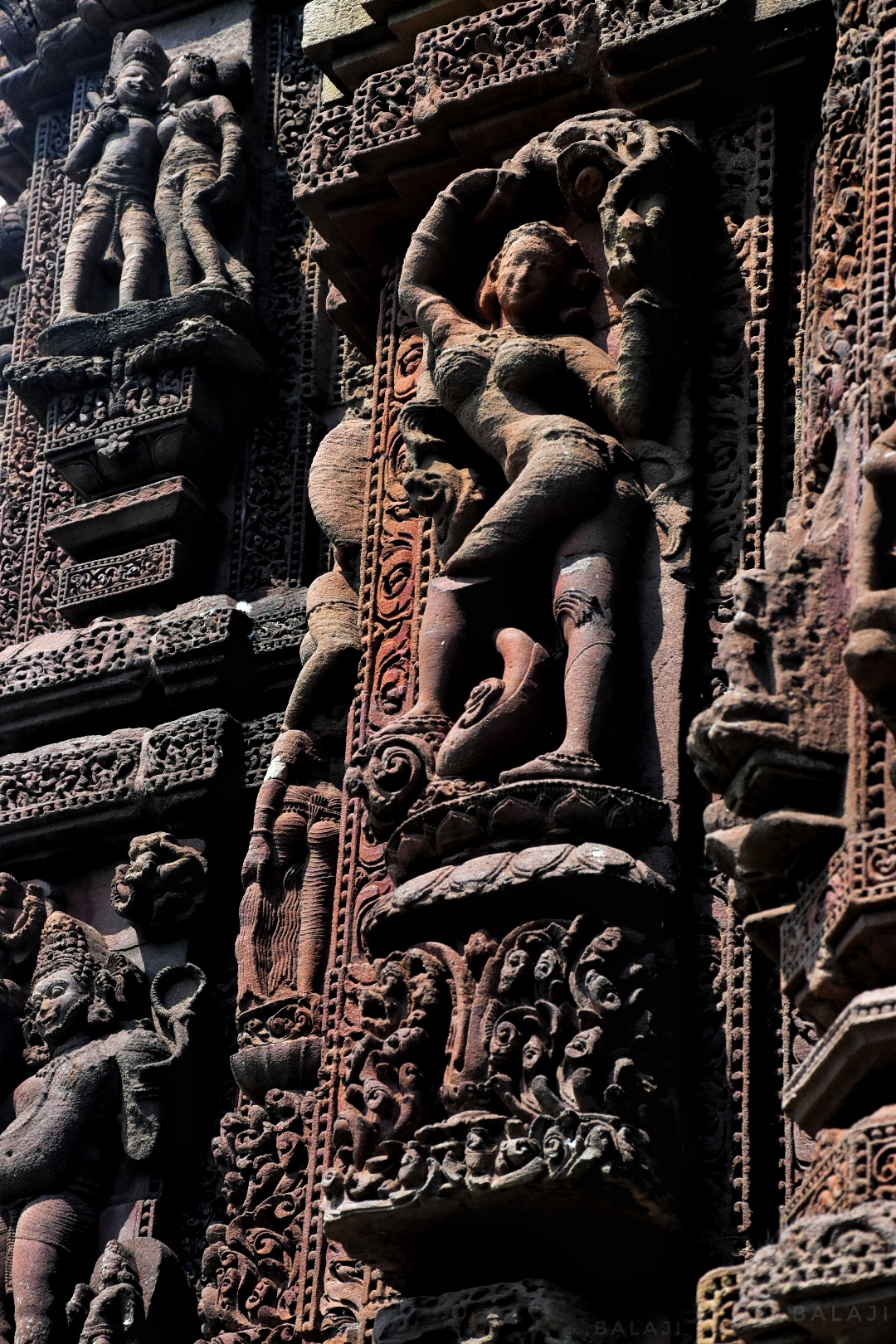
The aesthetically stunning cravings of tall and slender women figures (called “Nayika) on the high walls in various poses add to the beauty of this temple apart from other images.

Several figures are observed either taking off their anklet or playing an instrument also. More to find like women holding branches of trees, looking into the mirror, fondling their children, caressing the bird, etc.
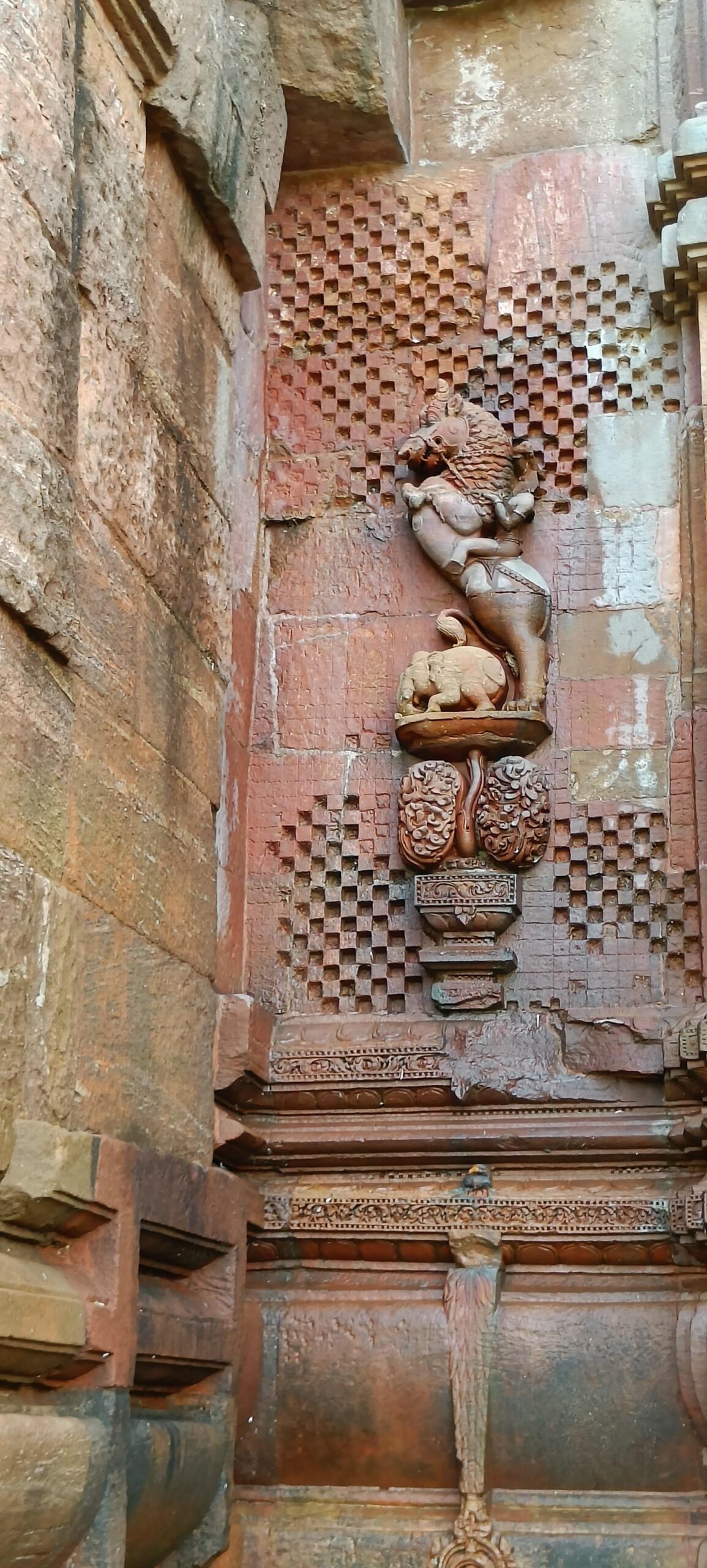
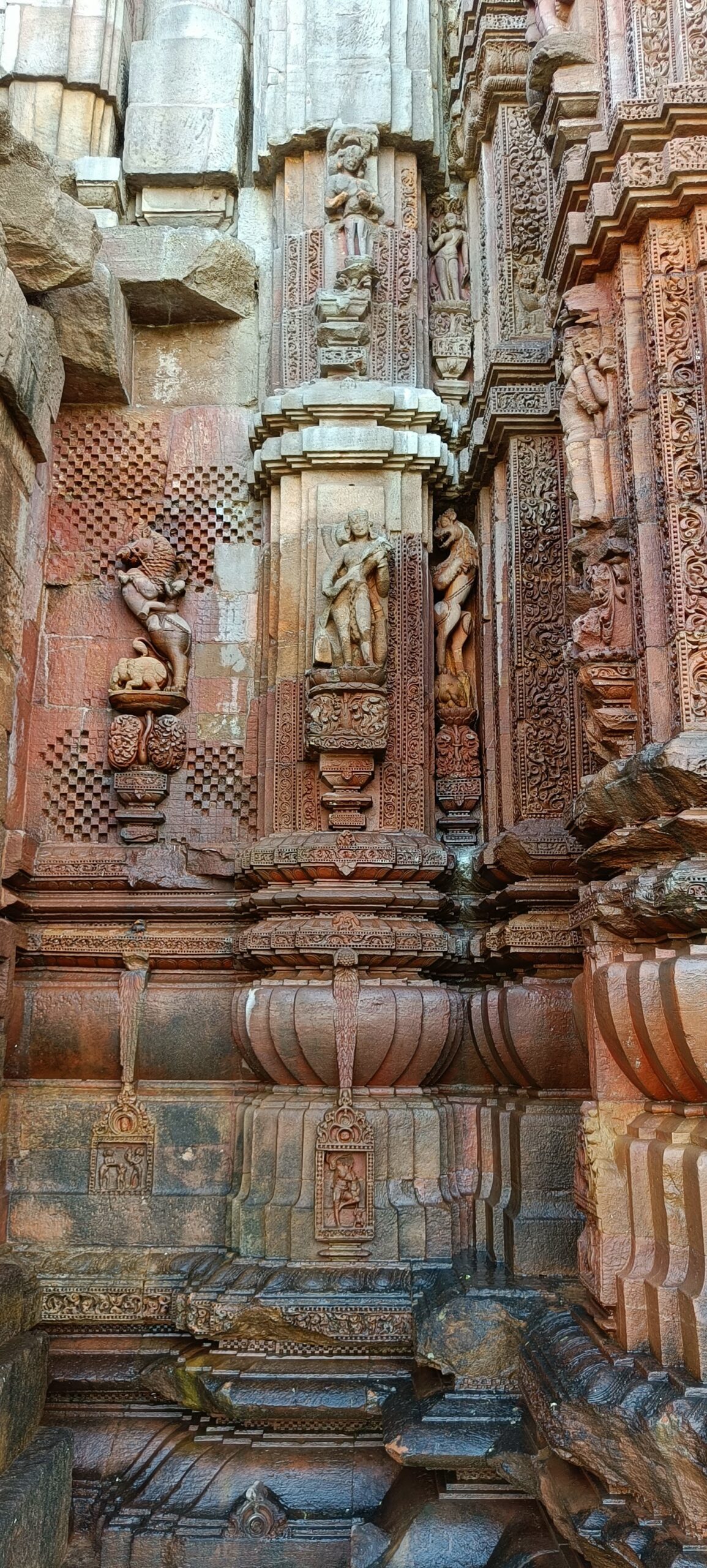
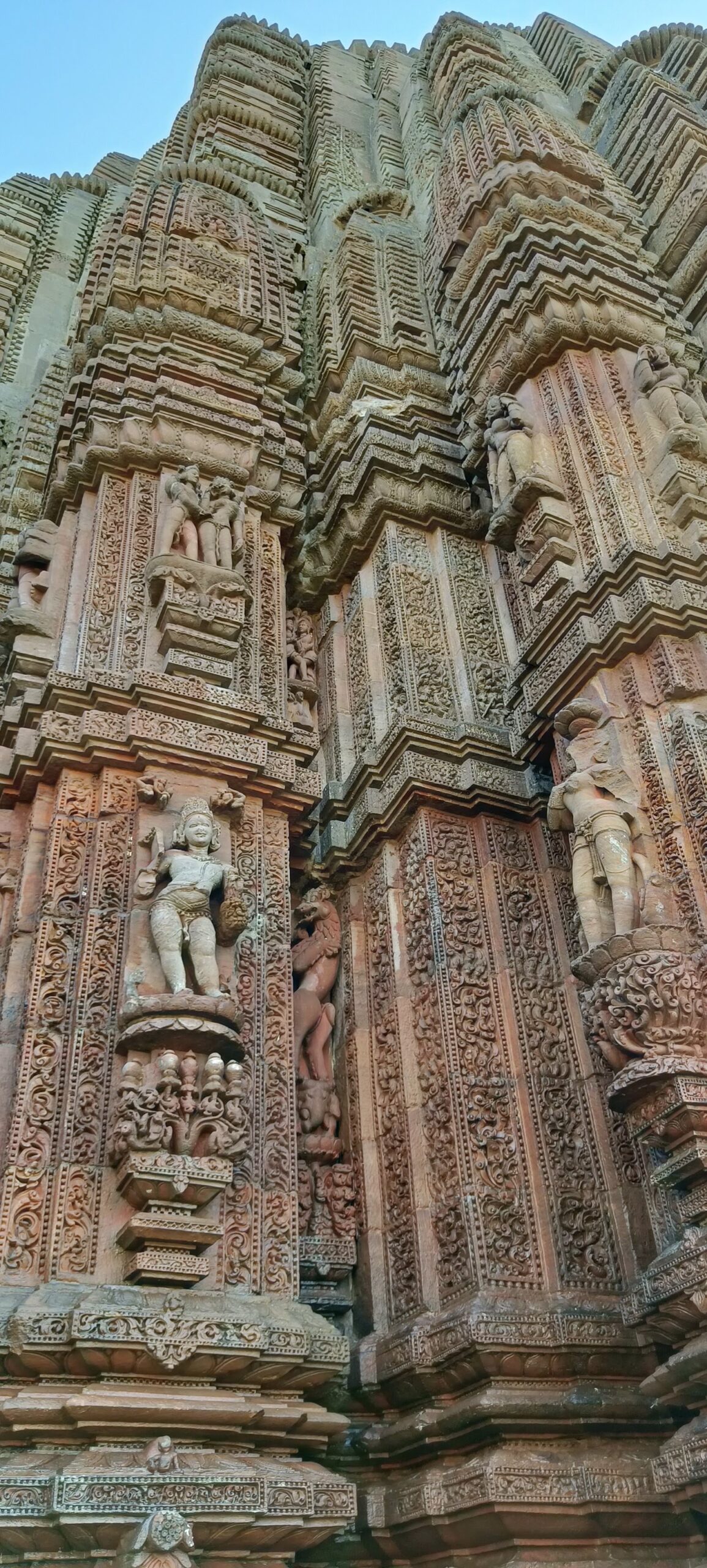




Sculpture
The sculpture of the temple is matchless and is quite energetic as well as alive.

The most striking feature of this temple is the ‘Guardians of the Eight Directions‘ that protrude from the base of the temple in the eight directions; starting from the gateway in a clockwise direction and ending at the entrance. They are Indra (God of Rain), Agni (Fire), Yama (Death), Nirriti (Suffering), Varuna (Water), Vayu (Wind), Kubera (Wealth), and Ishana (Shiva).
You can find Carvings of Varuna (Lord of Water) along with other Gods:

Lord Kuber – God of Wealth can also bee seen

None other than Agni, the King of Fire

Lord Varuna from another side of the wall

Some unique decorations also available throughout the temple
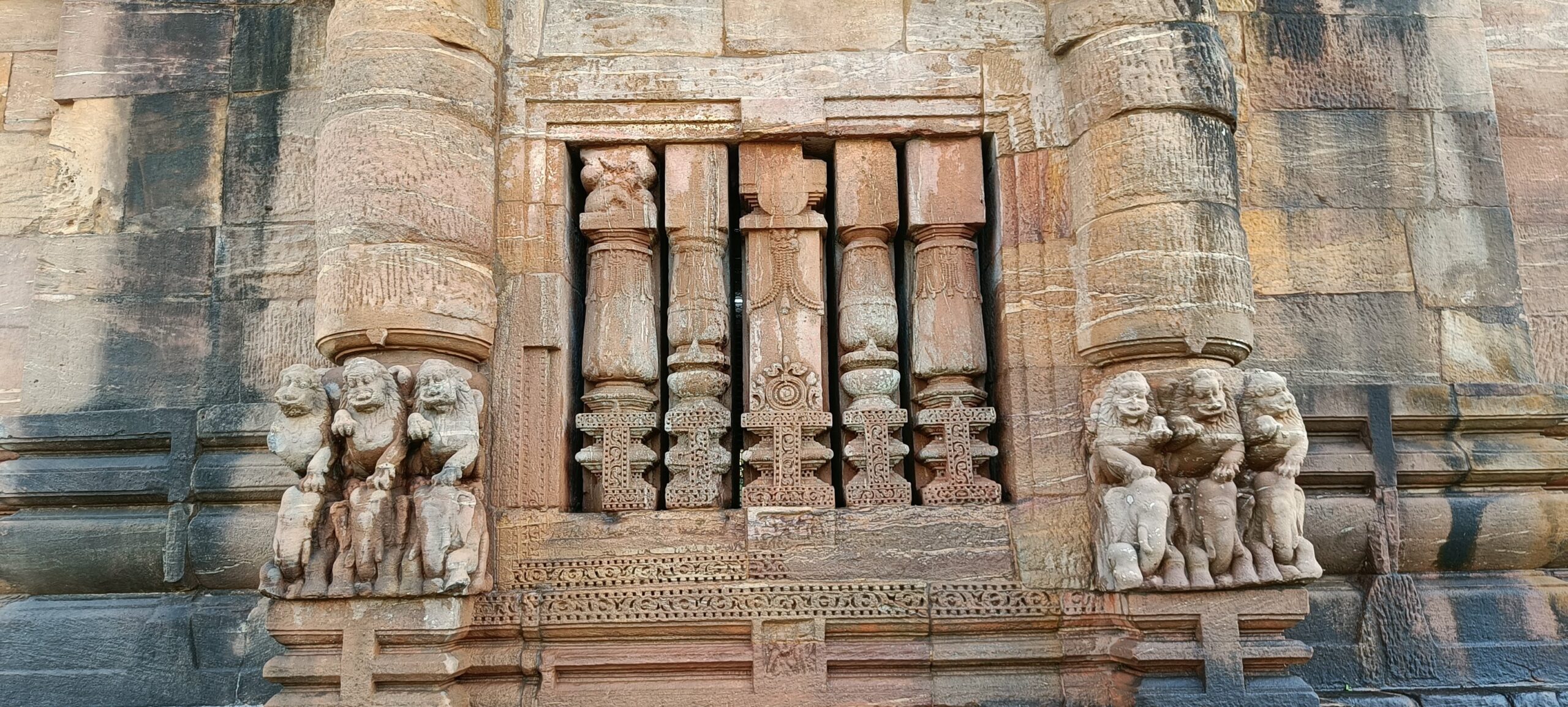
Some Mithuna or erotic figures are also found on various walls.



If you look closely, you will find the sculptures of Rajarani Temple has more depth than Mukteswar Temple’s works. Some images are intact and some are partially good in this Hindu temple. Restoration is required for several parts along with the images to keep the legacy intact.

Architecture
You need not be a student of architecture to know that Odisha temples bear a significant similarity in construction known as Kalinga Architecture.

The initial temples in Odisha were only the Sanctum (commonly known as Deul or Vimana). Devotees used to be inside the Deul to pay homage to the deity. Gradually, people started the construction of Jagamohana, an area from where pilgrims can view the deity. Further, Nat Mandapa (Festival Hall) and Bhog Mandapa (Offering Hall) were added in various temples across Odisha.

Pancharatha Style Platform
Rajarani has Deul and Jagmohana only and stands on a raised platform. You have to use a couple of stairs to be on the floor of the temple. The pattern is known as the Pancharatha Style same that you observe in Mukteswara Temple. But, you will not find any deity inside the temple.
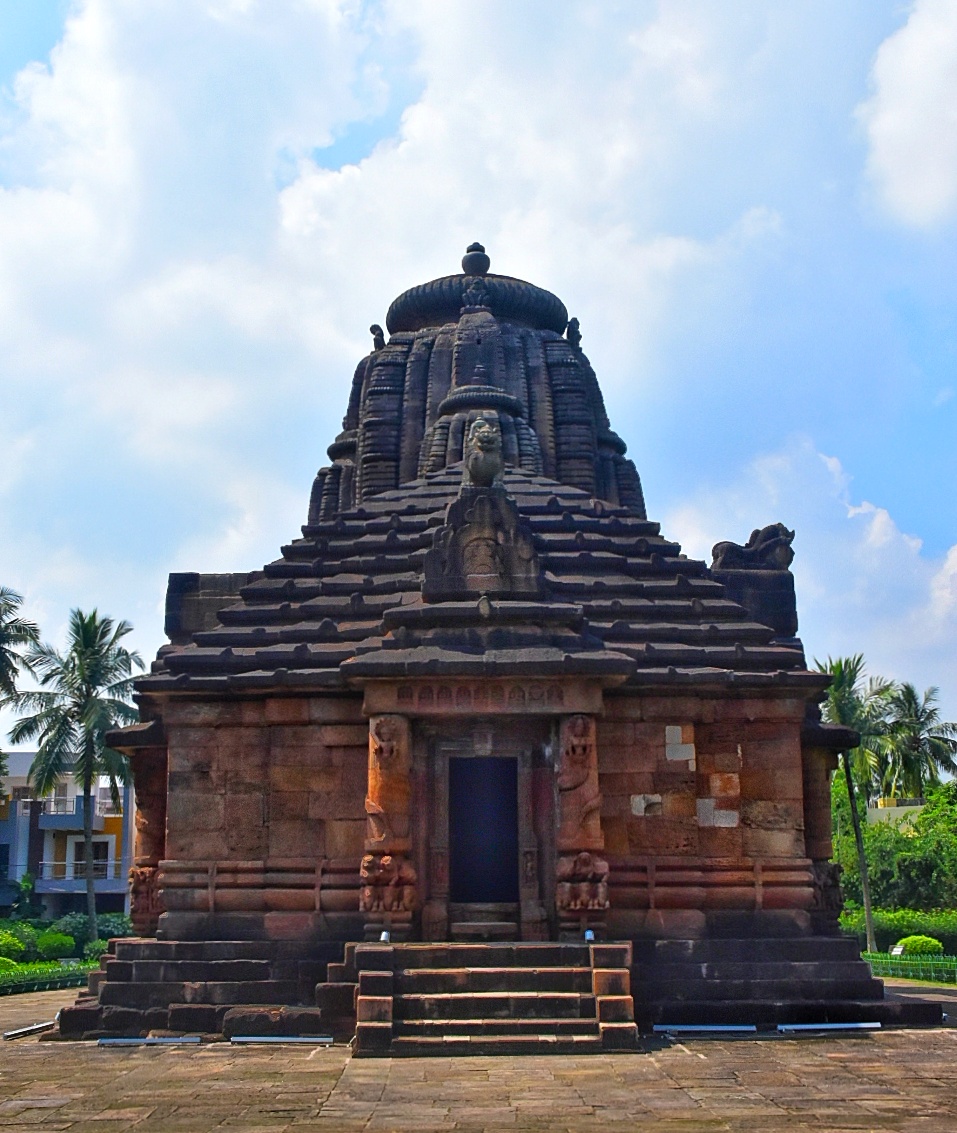
Vimana & Jagamohana
Vimana of Rajarani Temple holds a special attraction due to the presence of round-shaped miniature towers that has a significant resemblance to the Khajuraho temple. Jagamohana shapes like a pyramid and looks like a complete structure. If you are observing closely, you will find this Jagmohana is square-shaped compared to other Odisha temples where Jagamohana is rectangular. Moreover, the interior of the Jagamohana is without any image or decoration which is rare in such temples. Probably, it is an unfinished work that ultimately became incomplete.

Why the name Rajarani?
Well, there are two versions. One is weak, other is acceptable. The Naga and Nagini present at the entrance of the temple have spread the belief among locals that they are protecting the King and Queen.
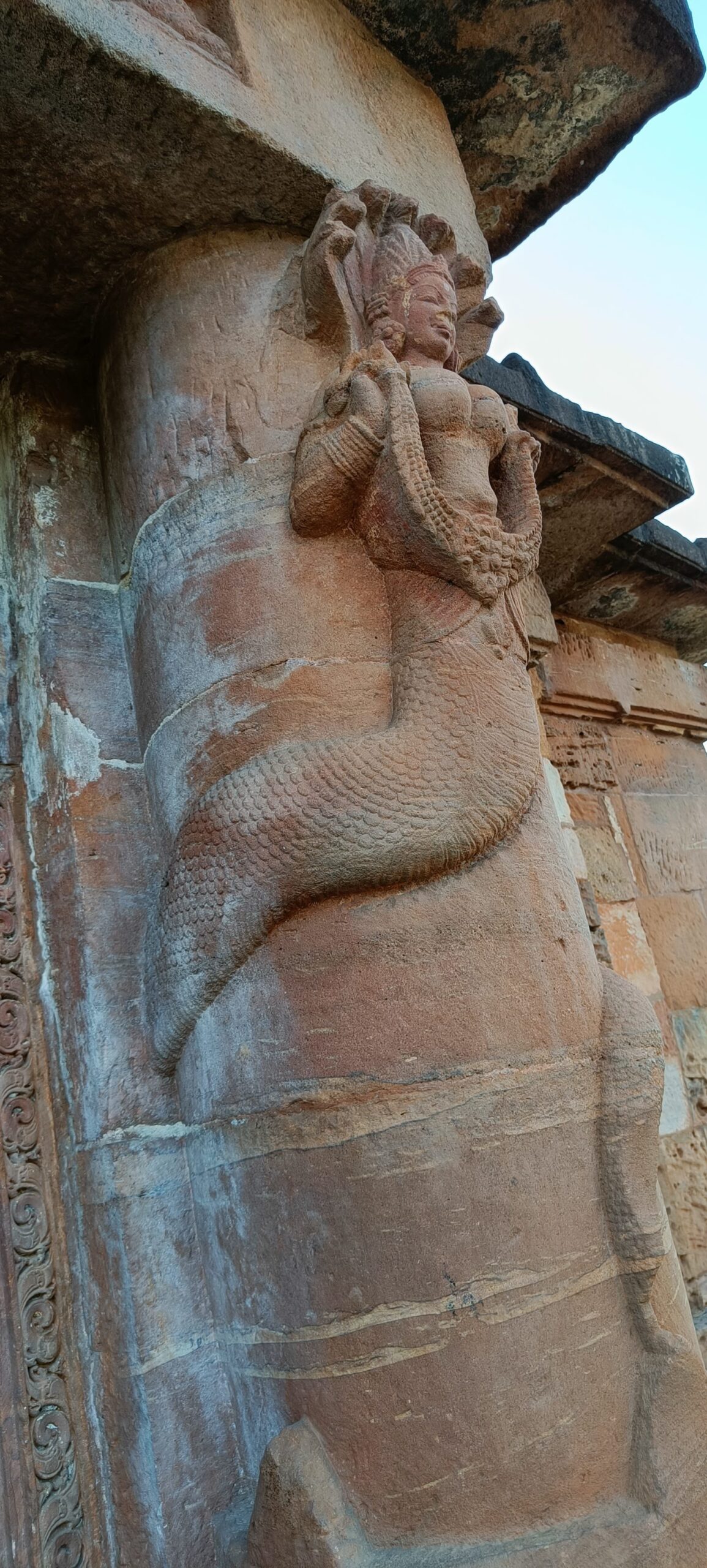

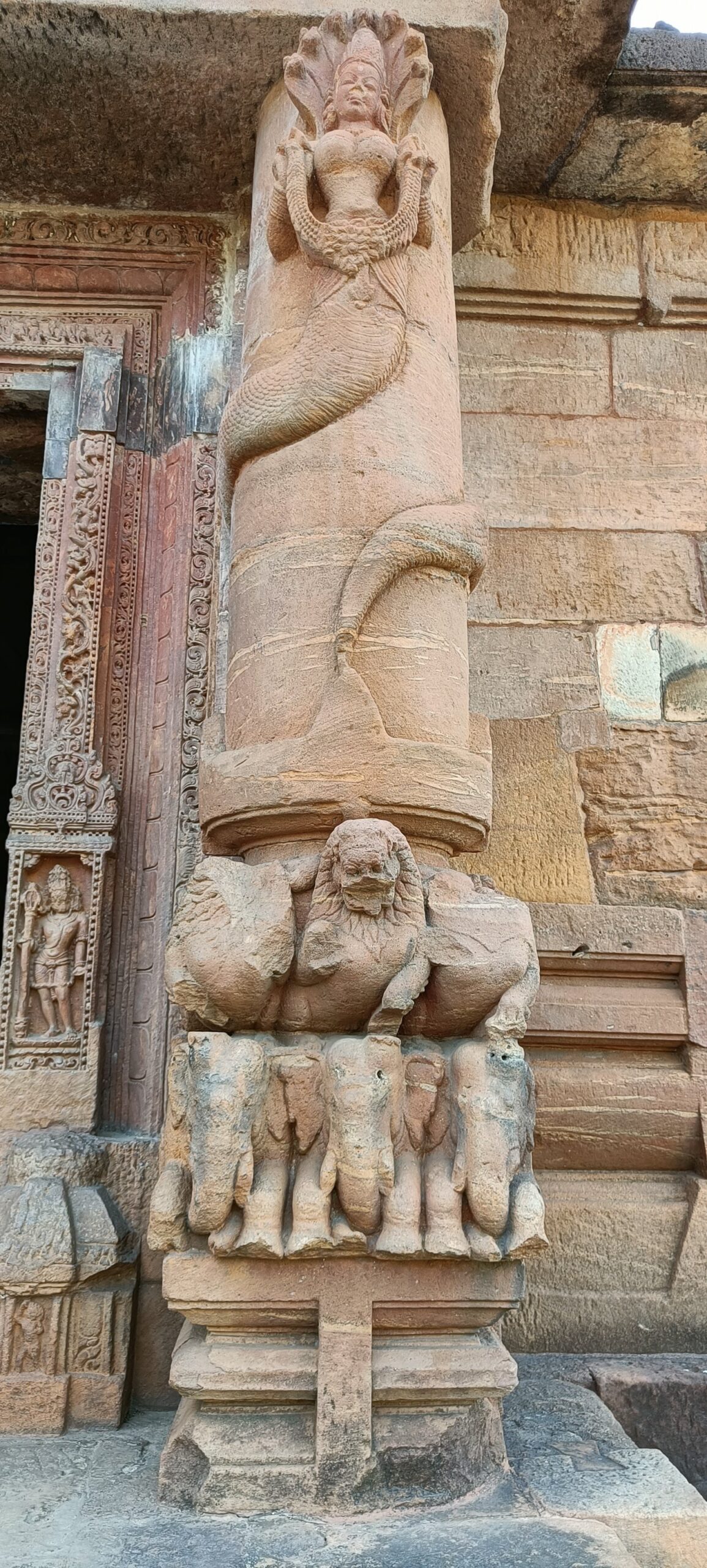
The other logic is quite strong. Two colored sandstones were used to construct this temple, one is dull Red, and the other is Yellow (golden) which is locally known as “Rajarania” Stone. From that, the temple name was derived.
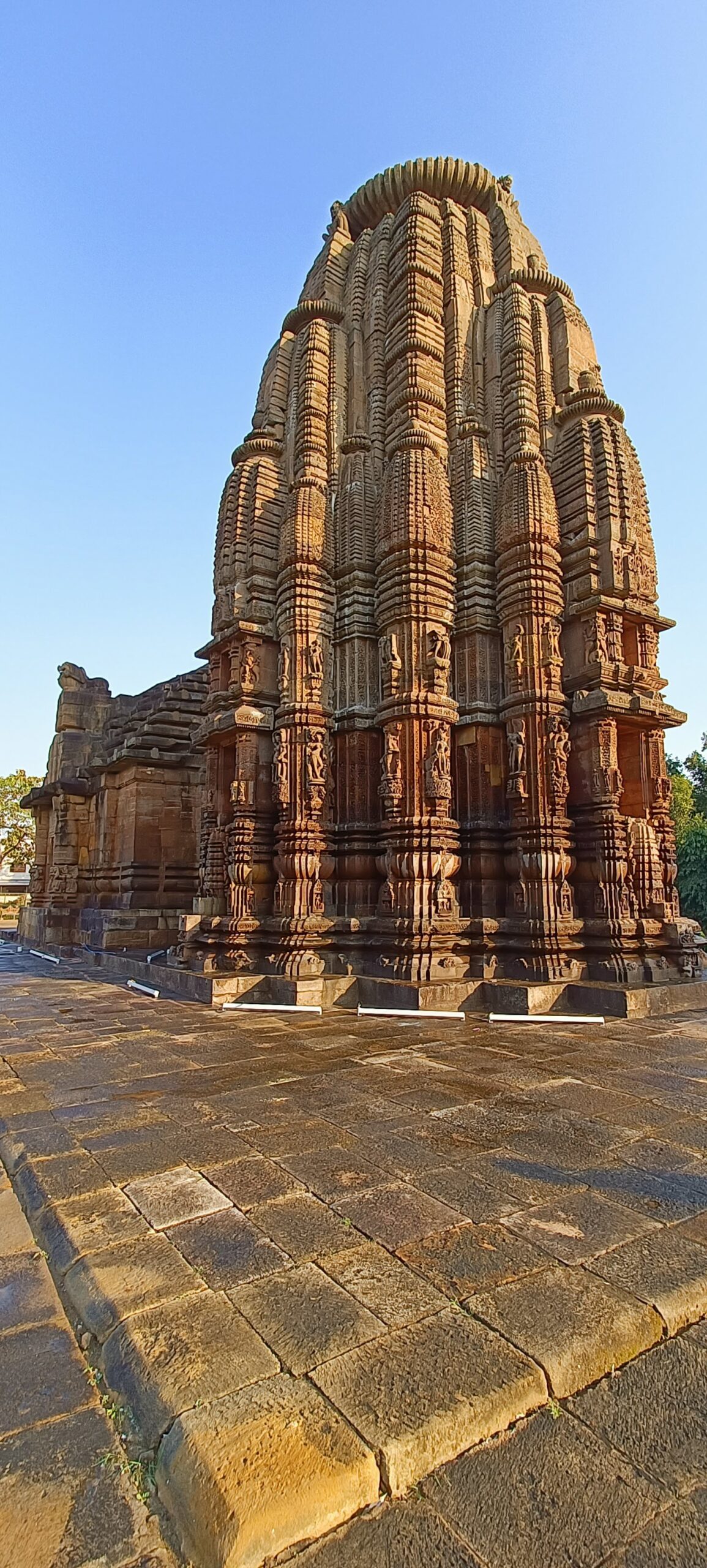
How to Reach
Rajarani Temple is well connected to the city of Bhubaneswar and only 4 KM away from the heart of the city. The location is known as Old Town and you can avail of any transportation mode like Cab, Auto, and Bus to reach nearby this temple.
And, Bhubaneswar is also well connected with the rest of the country in all possible ways. You can reach Biju Patnaik International Airport (BBI) from any prominent airport in India. Similarly, Bhubaneswar has Rajdhani and Jana Shatabdi Express running to places like Delhi, and Kolkata apart from other rail stations. Roadways are very smooth and you can enjoy a safe ride on National Highways to reach Bhubaneswar from any part of the country.
Note: While visiting the Rajarani Temple, you might not find anything extraordinary as neither it has any deity nor you will find a chain of temples like Mukteswara. But, if you are a strong believer in an aesthetic sense, then you must pay a visit to this lonely temple. Not many people do visit this as they visit Lingaraj or even Mukteswar Temple. And, by any chance you are in Odisha in January, then don’t miss the Rajarani Music Festival that showcases exponents in the Hindustani, Carnatic, and Odissi Classical fraternity.
Picture Source: Balaji Saha & Saikat Gupta
Excellent article 👍.nice description with thorough study.very very informative.
A Treasure
Thanks
I first heard about this temple while read a Feluda thriller ‘ Kailashe Kelengkari’ where it was mentioned that some vandals damaged a Yakshini idol from the wall of this temple and snatched away her head for the purpose to smuggle that priceless head to a foreign buyer against a handsome amount. From that time I wished to visit the temple but could not make it although visited Bhubaneswar several times. After reading your wonderful article I again desire to see this temple. Excellent description with vivid and thorough study .
Visit next time
Nice information….
Well researched in your expression of perceiving temples. Basically you tried to portrayed the existing believes and local history with aesthetics. Only one submission is every year, in and around makar sankranti festival, Rajarani Music Festival conducted by State Culture and Tourism Department, Odisha. Dance used to see during Mukteswar Dance Festival. I like your article.
Noted with Thanks